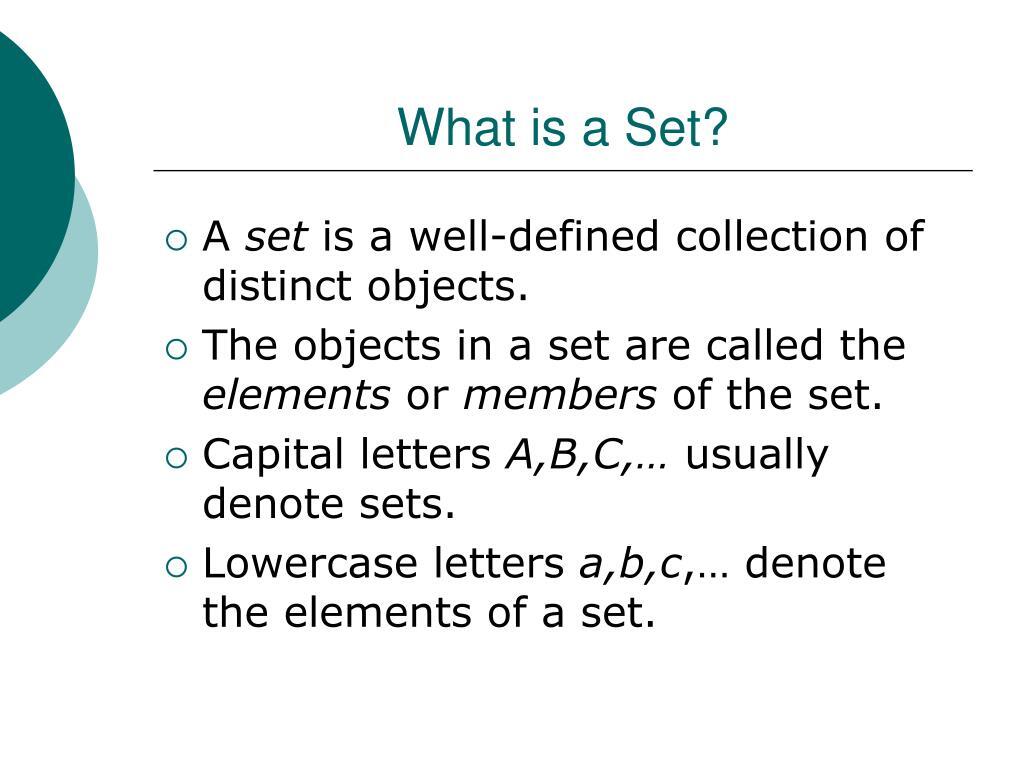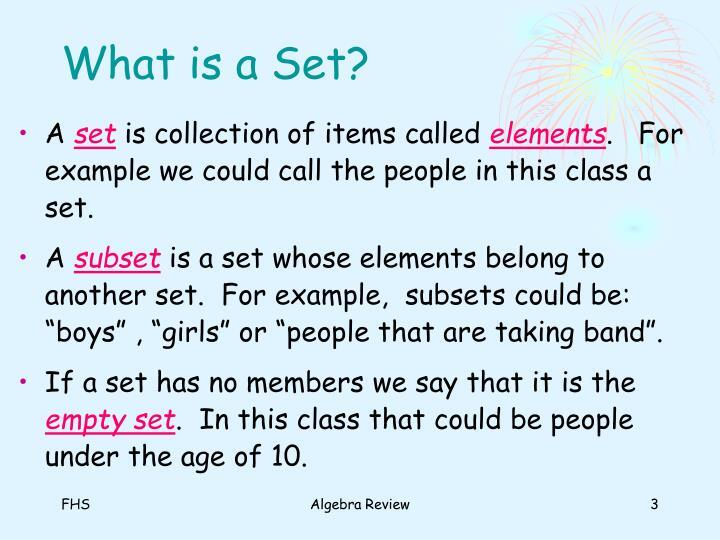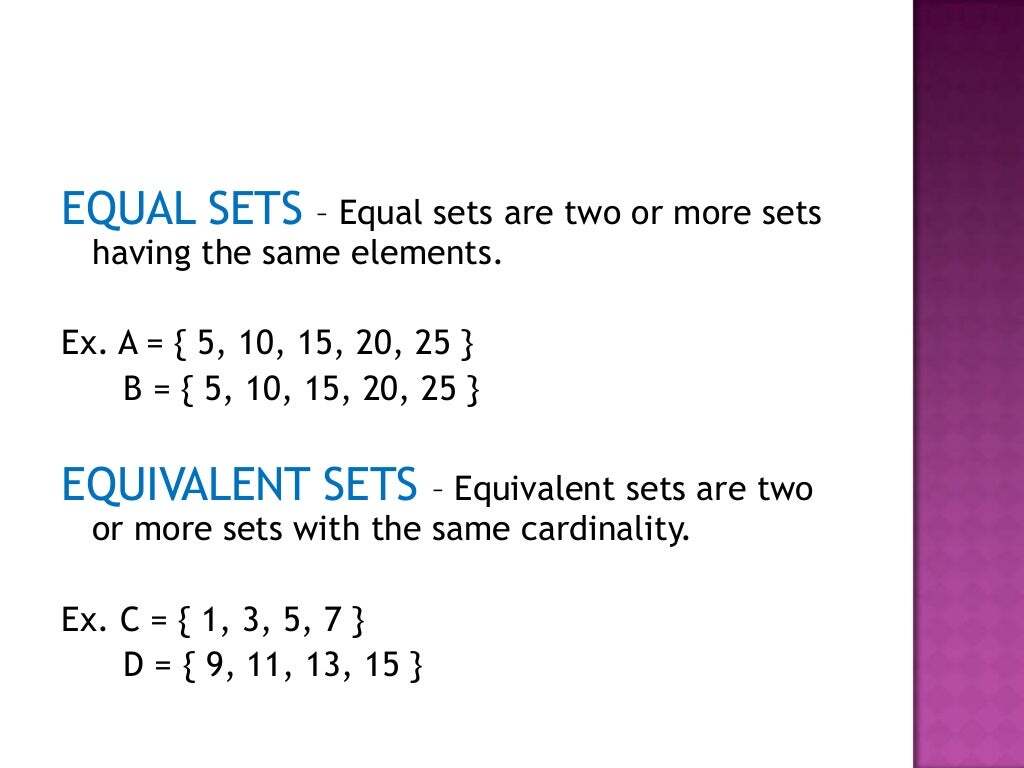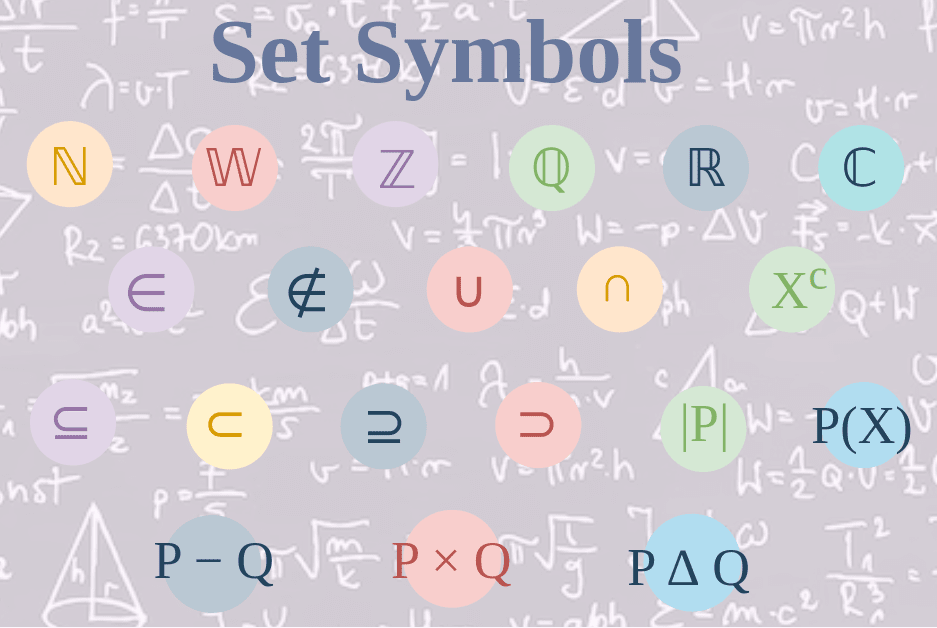Meditation offers a pathway to inner peace and self-discovery, and setting a clear intention can significantly enhance your practice. This guide will delve into the art of crafting meaningful intentions for your meditation sessions, providing a framework for a more focused and enriching experience. We’ll explore how to define your intention, craft powerful statements, connect with it during your session, and maintain focus throughout.
This process empowers you to harness the full potential of your meditation practice.
From defining the essence of an intention to crafting a personalized statement, we’ll explore the practical steps involved in setting intentions that resonate with your individual needs and goals. This guide also offers insights into integrating intention setting into your daily life, making it a seamless part of your journey towards self-awareness and well-being.
Defining the Intention
Setting an intention for your meditation session is a crucial step towards a more focused and meaningful experience. It provides a clear direction, guiding your thoughts and emotions during the practice. A well-defined intention can significantly enhance the benefits you derive from your meditation.Intention, in the context of meditation, is not merely a goal to achieve, but rather a focused aspiration to cultivate a particular state of being or experience.
Unlike a goal, which is often externally oriented and measurable, an intention is inwardly directed, fostering a deeper connection with your inner self. This internal focus is key to unlocking the transformative power of meditation. By establishing an intention, you create a space for focused attention and cultivate a more profound understanding of yourself and your experiences.
Defining Intention in Meditation
An intention in meditation is a specific, mindful aspiration for the session. It acts as a compass, directing your awareness and actions during meditation. This differs from a goal, which often entails a tangible outcome outside of the meditative experience. For example, a goal might be “lose 10 pounds,” while an intention for meditation could be “experience increased inner peace.” The intention sets the stage for the meditation’s purpose, allowing the practice to be more than just a physical exercise; it becomes a conscious journey towards a desired inner state.
The Importance of Intention Setting
Intention setting plays a significant role in shaping the focus and experience of your meditation session. By clearly defining your intention, you establish a framework for your practice. This framework helps you navigate the potential distractions that arise during meditation and keeps you anchored in the present moment. It allows you to cultivate a more profound connection with your inner self, fostering a deeper understanding of your thoughts, emotions, and experiences.
By aligning your focus with your intention, you create a space for personal growth and self-discovery.
Types of Intentions in Meditation
Understanding different types of intentions can help you tailor your practice to specific needs and goals. This awareness enables a more personalized approach to meditation.
| Type of Intention | Description | Focus | Example |
|---|---|---|---|
| Focused | Aimed at sharpening concentration and mental clarity. | Specific thoughts, emotions, or sensations. | “Focus on my breath and eliminate distracting thoughts.” |
| Open | Aimed at cultivating openness and receptivity. | Embracing whatever arises without judgment. | “Allow all thoughts and feelings to pass through without resistance.” |
| Healing | Aimed at promoting emotional or physical well-being. | Releasing tension, promoting relaxation, or alleviating pain. | “Experience a release of physical tension and emotional burdens.” |
| Creative | Aimed at fostering inspiration and insight. | Enhancing creativity and problem-solving abilities. | “Access new ideas and solutions to a specific challenge.” |
Crafting Your Intention Statement
Defining your intention is a crucial step in preparing for a meaningful meditation session. A well-crafted intention statement can guide your focus and amplify the benefits of your practice. This section delves into the art of creating powerful and effective intention statements.A clear and concise intention statement provides a roadmap for your meditation. It acts as a focal point, directing your energy and attention toward specific goals during your practice.
A thoughtfully constructed intention will help you stay centered and maintain a sense of purpose throughout your session.
Creating a Powerful Intention Statement Template
A strong intention statement often follows a similar structure. It clarifies your desired outcome and anchors it in the present moment. A template for crafting an intention statement might include the following elements:
“I am [positive action verb] [specific outcome] in this meditation session.”
This structure emphasizes a positive and present-tense perspective. For example, instead of “I will feel less stressed,” a more powerful statement would be “I am feeling a sense of calm and peace in this meditation.”
Using Positive and Present-Tense Language
Positive and present-tense language is key to effective intention statements. This approach focuses on the desired outcome rather than the absence of the undesired state. The present tense implies that the outcome is already happening, enhancing the feeling of empowerment and control. Using words that evoke positive emotions and sensations further strengthens the intention.
Examples of Effective Intention Statements
Here are some examples of intention statements for different meditation purposes:
- Stress Reduction: “I am experiencing a sense of calm and relaxation in this meditation session.”
- Emotional Healing: “I am allowing myself to feel my emotions with compassion and understanding in this meditation session.”
- Clarity: “I am experiencing a clear and focused mind in this meditation session.”
Aligning with Personal Values
An effective intention statement should resonate with your personal values. Consider what aspects of your values you wish to cultivate or strengthen during your meditation. For instance, if compassion is a core value, an intention statement might be: “I am cultivating feelings of love and compassion for myself and others in this meditation.”
Creating Specific and Measurable Statements
Intention statements should be specific and measurable, allowing you to track progress and gauge the effectiveness of your meditation practice. Avoid vague language. Instead of “I am feeling more peaceful,” consider “I am feeling a sense of calm and serenity in my chest area during this meditation.”
Table of Intention Statements for Different Meditation Types
This table provides examples of intention statements for various meditation types:
| Meditation Type | Intention Statement (Present Tense) | Specific Focus | Measurable Outcome |
|---|---|---|---|
| Mindfulness | I am fully present in this moment, noticing my breath and sensations without judgment. | Sensory awareness | Ability to stay focused on breath for 5 minutes without distractions. |
| Loving-Kindness | I am radiating feelings of love and kindness towards myself and others. | Emotional connection | Increased feelings of warmth and compassion towards a specific person. |
| Visualization | I am visualizing myself achieving my goal with ease and confidence. | Goal attainment | Increased clarity and motivation towards the goal. |
| Stress Reduction | I am releasing tension and stress in my body, feeling relaxed and at peace. | Physical and mental relaxation | Reduction in heart rate and blood pressure during meditation. |
Connecting with Your Intention

Establishing a strong connection with your meditation intention is crucial for a meaningful and impactful practice. This connection allows your mind and body to resonate with the desired outcome, making the session more effective. By actively engaging with your intention, you cultivate a deeper understanding and alignment with your goals. This process fosters a sense of purpose and direction, enhancing the overall experience of meditation.
Methods for Connecting with Your Intention
Various techniques can be employed to foster a profound connection with your meditation intention. These techniques serve as pathways to embody the desired state and align your consciousness with your chosen focus. Effective methods include visualization, affirmations, repetition, and embodiment.
- Visualization involves creating a vivid mental image of the intention in action. Imagine yourself already experiencing the benefits of your intention, fostering a sense of presence and reality. This powerful technique can significantly enhance your connection to the desired outcome. For example, if your intention is to cultivate inner peace, visualize yourself in a serene natural setting, feeling calm and at ease.
- Affirmations are positive statements that reinforce your intention. Repeating these affirmations throughout your meditation session can help to reprogram your subconscious mind and reinforce the desired outcome. By consistently affirming your intention, you strengthen its hold on your awareness and reinforce the positive association with it. For instance, “I am calm and centered” or “I am open to receiving abundance” can be powerful tools for anchoring your intention.
- Repetition, or focused repetition of a key word or phrase related to your intention, can be a powerful method for maintaining focus. Repeating a short phrase, such as “peace,” “gratitude,” or “love,” can help to anchor your intention and maintain your focus on the desired outcome. This practice can be particularly effective when combined with other methods.
- Embodiment involves physically embodying the qualities associated with your intention. This technique entails engaging your senses to feel the desired state within your body. For example, if your intention is to feel more grounded, you might focus on the feeling of your feet on the floor, or the weight of your body in the chair.
The Role of Emotions in Anchoring the Intention
Emotions play a critical role in anchoring your intention. When you feel the emotions associated with your intention, such as peace, joy, or gratitude, you create a stronger connection to it. This emotional resonance reinforces the intention, making it more palpable and real. For example, if your intention is to feel more compassion, feeling empathy and understanding for others can strengthen this connection.
Maintaining Focus on the Intention
Maintaining focus on your intention throughout the meditation session requires consistent effort and mindfulness. Techniques like focusing on your breath, or using a mantra, can help keep your attention anchored on the intention. The practice of regularly returning your attention to your intention when your mind wanders is vital. This process reinforces the link between your awareness and the desired outcome.
Adjusting Your Intention
If your intention feels inappropriate or ineffective during your meditation session, it’s important to acknowledge this and adjust accordingly. This flexibility allows for a more dynamic and adaptable practice. This adjustment process allows you to remain open to the guidance of your intuition. For example, if your intention was to feel more confident, and you find yourself feeling anxious, you might adjust the intention to focus on self-acceptance instead.
Staying Present with the Intention
Staying present with your intention without judgment is paramount. Be mindful of any thoughts or feelings that arise, without getting caught up in them. This non-judgmental awareness allows you to maintain a connection to your intention. It’s essential to simply acknowledge the thoughts and feelings without criticism, keeping your attention firmly anchored on your intention. This process promotes a sense of openness and acceptance.
Comparing Techniques for Connecting with Intention
| Technique | Description | Strengths | Limitations |
|---|---|---|---|
| Visualization | Creating a mental image of the intention | Engaging, helps create a strong mental picture | Can be challenging for some, may not be suitable for all intentions |
| Affirmations | Repeating positive statements about the intention | Reinforces the intention, can be easily integrated | May not be effective if not repeated consistently |
| Repetition | Repeating a word or phrase related to the intention | Simple, can be used alongside other techniques | Can be repetitive if not done with awareness |
| Embodiment | Physically feeling the qualities of the intention | Deepens the connection, promotes physical awareness | Requires practice and may not be suitable for all intentions |
Maintaining Intention Throughout the Session

Maintaining focus on your meditation intention throughout the session is a crucial aspect of reaping its benefits. It requires consistent effort and a gentle approach to redirecting your attention when distractions arise. This section provides practical strategies for sustaining focus and adapting to the ebb and flow of your meditation experience.Cultivating a strong intention sets the stage for a fruitful meditation session.
However, the path is rarely smooth. Distractions, both internal and external, are inevitable. Developing a proactive approach to redirecting your attention back to your intention is key to maximizing the effectiveness of your practice.
Strategies for Maintaining Focus
Maintaining focus on your intention requires consistent effort and a flexible approach. A proactive strategy involves acknowledging potential distractions and practicing techniques for gently returning your attention to your intention.
- Mindful Awareness of Distractions: Actively notice when your mind wanders. This awareness is not about judgment, but rather about recognizing the shift in focus. Observe the thoughts, sensations, or external stimuli that draw your attention away without getting caught up in them. Recognizing the distraction as it arises helps to gently guide your attention back to your intention.
- Gentle Redirection: When your attention drifts, acknowledge the distraction without judgment. Gently and calmly redirect your focus back to your intention. This might involve gently reminding yourself of the intention or bringing your awareness back to your breath, a mantra, or a physical sensation, depending on your chosen meditation technique. Don’t be discouraged if your attention wanders; it’s a natural part of the process.
- Cultivating Self-Compassion: Meditation is a practice of self-discovery and self-acceptance. It’s important to be kind and understanding towards yourself. When your attention wanders, acknowledge it as a normal occurrence and gently guide your attention back to your intention without harsh self-criticism. Self-compassion fosters a supportive inner environment that encourages consistent practice.
Potential Challenges and Strategies
Maintaining intention throughout a meditation session can present various challenges. Developing coping strategies to address these challenges is an essential part of developing your meditation practice.
- Mental Chatter: Internal dialogue, thoughts, and worries are common distractions. Recognize these thoughts as mental events, acknowledge their presence without judgment, and gently redirect your focus to your intention. Consider using a mantra or focusing on your breath to anchor your attention.
- Physical Discomfort: Physical sensations such as pain, itching, or restlessness can disrupt focus. Acknowledge the discomfort without judgment and gently redirect your attention to your intention. If the discomfort is significant, consider adjusting your posture or taking a short break before returning to meditation.
- External Distractions: Noises, conversations, or other external stimuli can interrupt your focus. Practice techniques for shielding yourself from distractions, such as using earplugs or finding a quiet space. If distractions are unavoidable, acknowledge them without judgment and gently redirect your focus back to your intention.
Adjusting Your Intention
Your meditation experience might reveal opportunities to refine or adapt your intention. Be receptive to subtle shifts and changes during your practice.
- Responding to the Flow: As you progress in your meditation, your intention might evolve. Be open to these shifts and adapt your intention to align with your current experience. This flexibility allows your practice to be dynamic and responsive to your inner needs.
Common Distractions and Redirection Techniques
The following table illustrates common distractions during meditation and how to redirect attention to the intention:
| Distraction | Nature of Distraction | Redirection Technique | Example |
|---|---|---|---|
| Mental Chatter | Internal dialogue, thoughts, worries | Acknowledge thoughts without judgment; gently redirect focus to breath or mantra. | “Thinking about work” -> “Bring attention back to the breath.” |
| Physical Discomfort | Pain, itching, restlessness | Acknowledge discomfort without judgment; adjust posture or take a break if needed. | “Back pain” -> “Adjust posture; gently redirect focus to intention.” |
| External Noise | Sounds from environment | Acknowledge sound without judgment; redirect focus to breath or internal sensation. | “Traffic noise” -> “Bring attention to the feeling of the breath.” |
| Sensory Input | Sight, smell, taste | Acknowledge sensory input without judgment; gently redirect focus to intention. | “Smelling coffee” -> “Acknowledge the smell and bring attention to intention.” |
Examples of Intention Setting for Different Meditation Types
Intention setting in meditation is a powerful tool for enhancing the effectiveness of your practice. By clearly defining your purpose for each session, you can cultivate a more focused and meaningful experience. This section delves into tailoring intention statements for various meditation types, demonstrating how intention impacts outcomes and highlighting the differences between guided and unguided practices.Setting specific intentions can significantly alter the outcomes of different meditation types.
For example, a loving-kindness meditation with a focused intention to cultivate compassion for oneself and others will likely lead to a stronger feeling of interconnectedness and empathy. Conversely, a visualization meditation with the intention of achieving a specific goal, such as career advancement, might result in increased motivation and a more vivid mental image of the desired outcome. The intention acts as a compass, guiding the energy and focus of the meditation.
Intention Statements for Different Meditation Types
This section illustrates how to craft intention statements tailored to specific meditation styles. A well-crafted intention statement is pivotal for maximizing the benefits of your practice.
- Loving-Kindness Meditation: “In this meditation, I intend to cultivate feelings of love and compassion for myself and others, fostering a sense of interconnectedness and reducing judgment.” This intention emphasizes the core values of this practice, aiming to expand feelings of warmth and acceptance.
- Mindfulness Meditation: “I intend to observe my thoughts and sensations without judgment, cultivating present moment awareness and developing a deeper understanding of myself.” This intention focuses on the core principle of mindfulness, encouraging non-reactive observation and a deeper understanding of one’s mental and physical state.
- Visualization Meditation: “I intend to visualize myself successfully completing my project and achieving my goals, fostering a stronger sense of motivation and belief in my abilities.” This intention directs the visualization process towards a specific outcome, fostering a stronger connection with the desired result.
- Stress Reduction Meditation: “In this meditation, I intend to release tension and stress from my body and mind, promoting relaxation and calmness. I aim to cultivate a sense of peace and serenity.” This intention focuses on the physical and mental aspects of stress reduction, aiming for a more relaxed and peaceful state of being.
Impact of Intention Setting on Meditation Outcomes
The intention you set significantly influences the outcome of your meditation. A clear intention helps to focus your energy and directs your attention. For instance, a meditation focused on reducing anxiety with the intention of calmness and relaxation will likely result in a more peaceful and less anxious state of mind.
Guided vs. Unguided Meditation
Intention setting differs slightly between guided and unguided meditation. Guided meditations often provide specific prompts and instructions, which can naturally incorporate the intention into the practice. In unguided meditation, you have greater freedom to shape your intention. It is crucial to have a clear intention even in unguided sessions.
Designing an Intention for a Specific Meditation Style
When designing an intention for a specific meditation style, consider the core principles of that practice. A loving-kindness meditation will benefit from an intention focused on compassion and connection, while a mindfulness meditation will benefit from an intention focused on present moment awareness. A key component is to make the intention concise and easy to recall during the session.
Categorization of Meditation Types and Intention Examples
| Meditation Type | Associated Intention Example | Focus | Impact on Outcome |
|---|---|---|---|
| Loving-Kindness | “To cultivate feelings of love and compassion for myself and others.” | Compassion, connection | Increased empathy, reduced judgment |
| Mindfulness | “To observe thoughts and sensations without judgment, developing present moment awareness.” | Present moment awareness, non-judgment | Reduced reactivity, increased self-understanding |
| Visualization | “To visualize myself successfully completing my project and achieving my goals.” | Goal achievement, motivation | Increased motivation, clearer vision of desired outcome |
| Stress Reduction | “To release tension and stress from my body and mind, promoting relaxation and calmness.” | Relaxation, stress reduction | Reduced anxiety, improved physical and mental well-being |
Integrating Intention into Daily Life

Cultivating a consistent practice of setting intentions extends beyond the meditation cushion. Integrating your intention into your daily life reinforces the desired outcome and fosters a deeper connection with your purpose. This proactive approach translates the meditative focus into tangible actions, enriching your overall experience and promoting a more fulfilling existence.Intention setting isn’t a one-time event but a dynamic process.
It’s about weaving your intention into the fabric of your daily routine, making it a constant source of inspiration and guidance. This integration empowers you to live in alignment with your values and aspirations, transforming fleeting thoughts into sustained action.
Establishing a Routine
Establishing a consistent routine is crucial for integrating your intention into daily life. A structured approach allows you to incorporate intention-setting practices into your everyday schedule, making it an automatic part of your life. This routine will become a strong anchor, enabling you to maintain focus and momentum towards your goals.
Utilizing Reminders
Reminders serve as valuable tools for staying mindful of your intention throughout the day. By strategically placing reminders, you can re-engage with your intention when your focus wavers. These reminders can be anything from sticky notes on your desk to a daily affirmation in your morning routine.
Tracking Progress
Tracking your progress towards your intention provides valuable insights into your growth and areas for improvement. This process allows you to objectively measure your actions and make necessary adjustments to your approach. Tracking can be as simple as noting your accomplishments in a journal or using a dedicated app. The important aspect is to choose a method that suits your preferences and allows for consistent monitoring.
Case Studies and Examples
A study conducted by [insert reputable research institute/organization] revealed that individuals who consistently integrated their intentions into their daily routines demonstrated a higher level of productivity and well-being compared to those who did not. For instance, a software engineer, aiming for improved focus, integrated a daily meditation practice and mindful breaks into her schedule. This intentional integration led to a significant reduction in stress and an improvement in her concentration at work.
Similarly, a student aiming to improve their study habits set an intention to dedicate specific times for focused study. This intentional routine resulted in better academic performance.
Practical Steps for Incorporating Intention Setting
| Step | Description | Example | Tools/Resources |
|---|---|---|---|
| 1. Identify Key Areas | Determine specific areas of your life where you want to apply your intention. | Improved focus at work, healthier eating habits, stronger relationships. | Journal, mind map |
| 2. Create Specific Actions | Break down your intention into actionable steps for daily implementation. | Take 15 minutes for focused work without distractions, eat 5 servings of fruits and vegetables daily, dedicate 30 minutes for meaningful conversation with family members. | Action plan document, to-do list app |
| 3. Schedule Dedicated Time | Allocate specific times in your schedule for activities aligned with your intention. | Schedule 30 minutes for meditation in the morning, set aside time for a healthy lunch, dedicate time for a meaningful conversation with loved ones. | Calendar, planner |
| 4. Implement Reminders | Strategically place reminders to maintain awareness of your intention. | Set an alarm for a mindful break, use a sticky note as a visual cue, use a meditation app with reminders. | Alarms, reminders, digital tools |
Outcome Summary

In conclusion, setting an intention for your meditation session provides a powerful framework for deepening your practice and achieving your desired outcomes. By understanding the nuances of intention setting, crafting meaningful statements, and connecting with your intention throughout your session, you can cultivate a more profound and fulfilling meditation experience. This guide has provided a comprehensive roadmap to help you navigate the process of integrating intention setting into your daily life, fostering lasting personal growth and well-being.